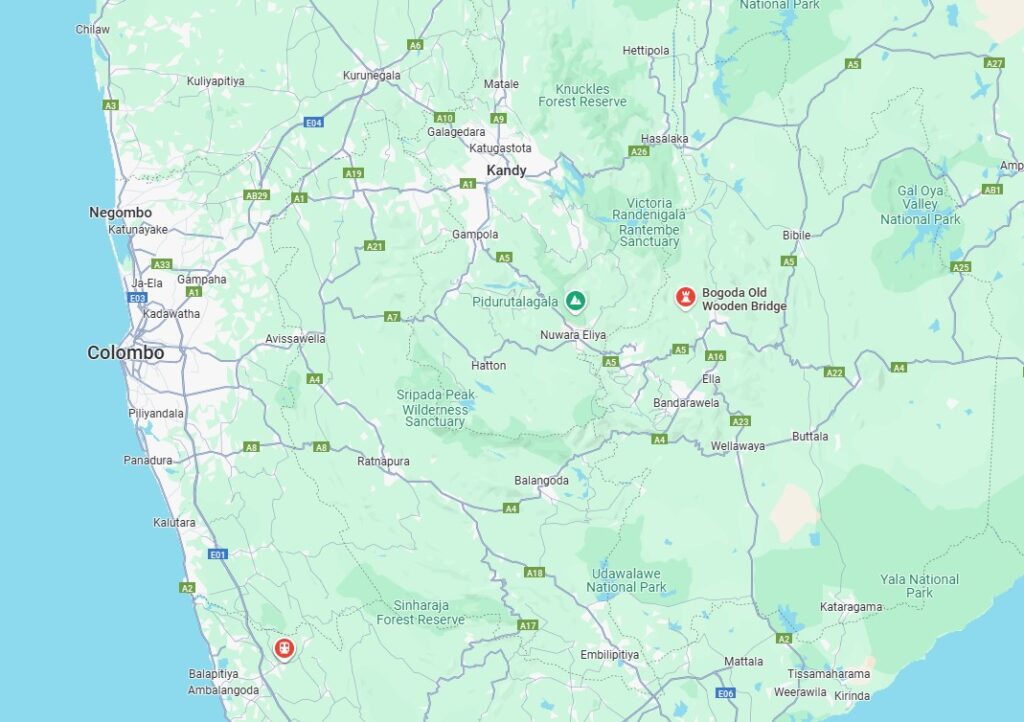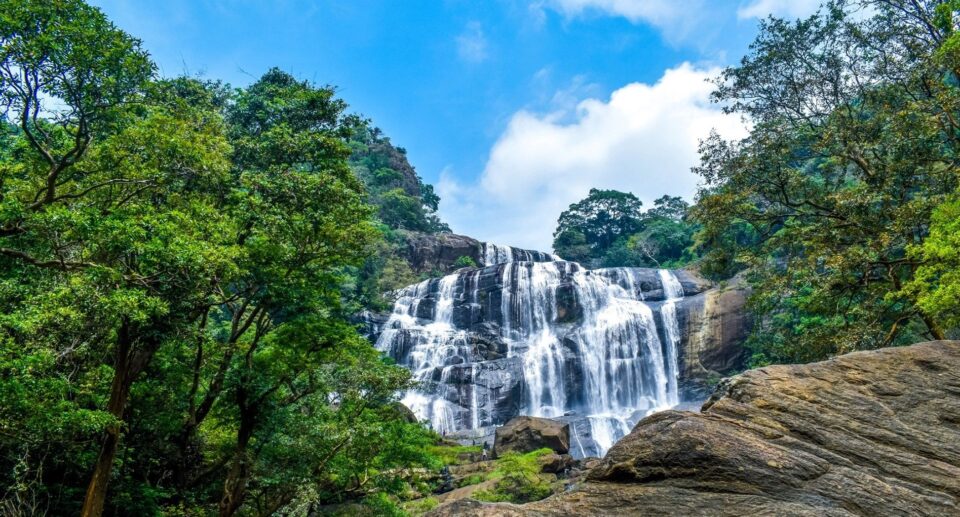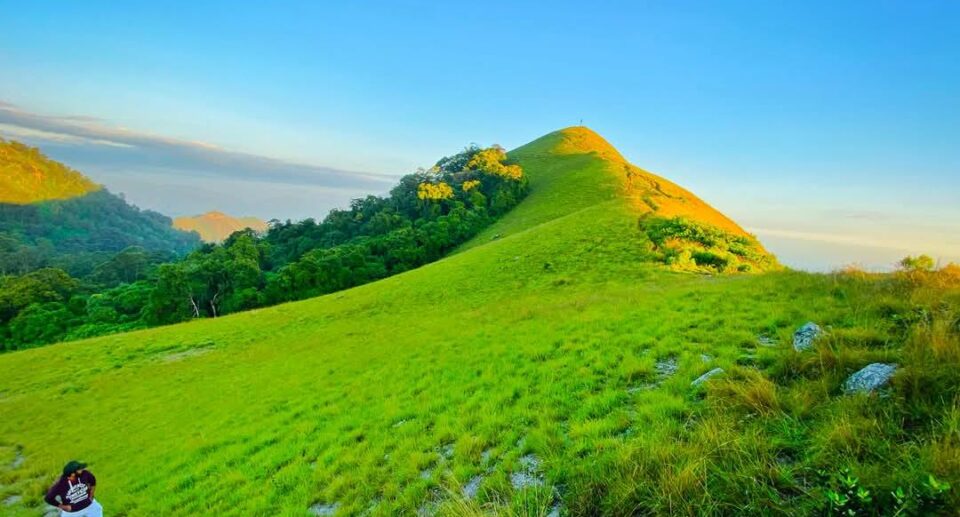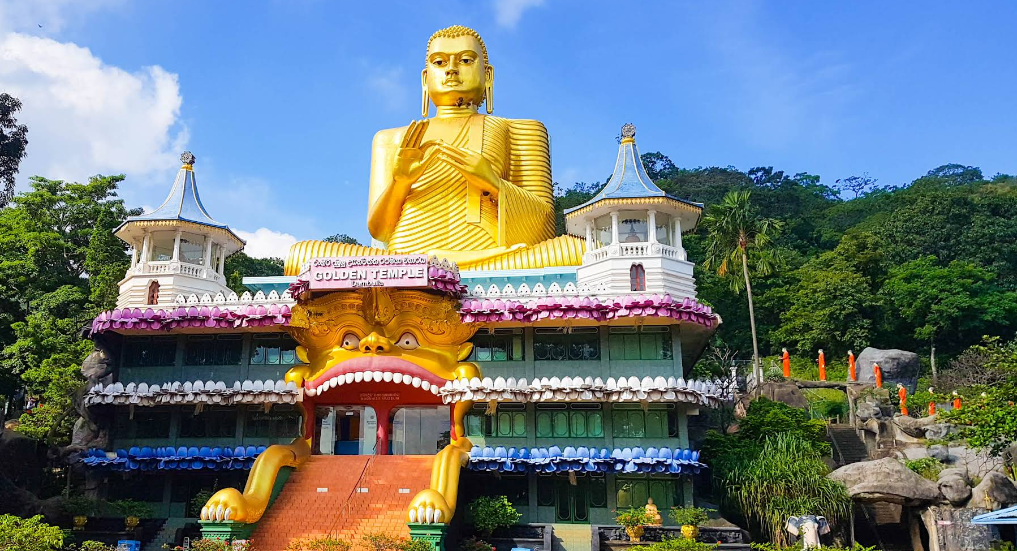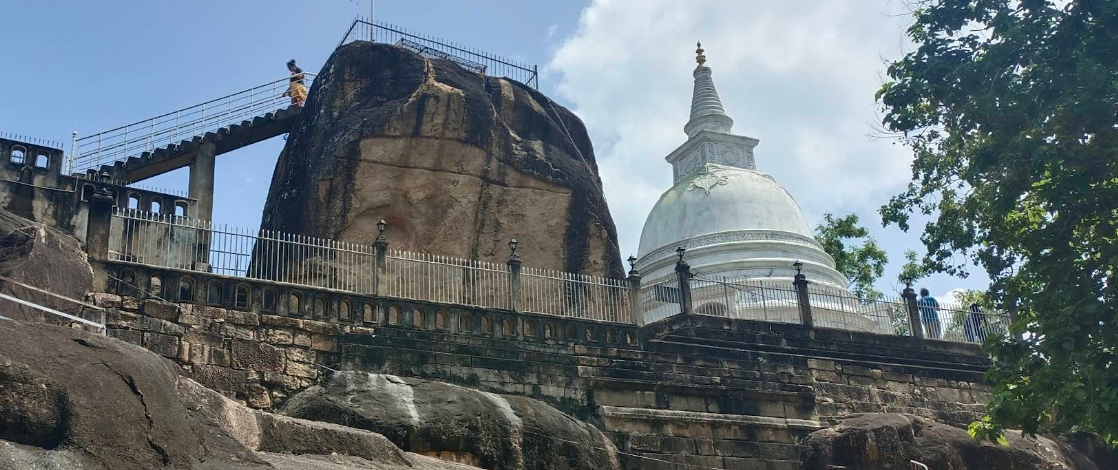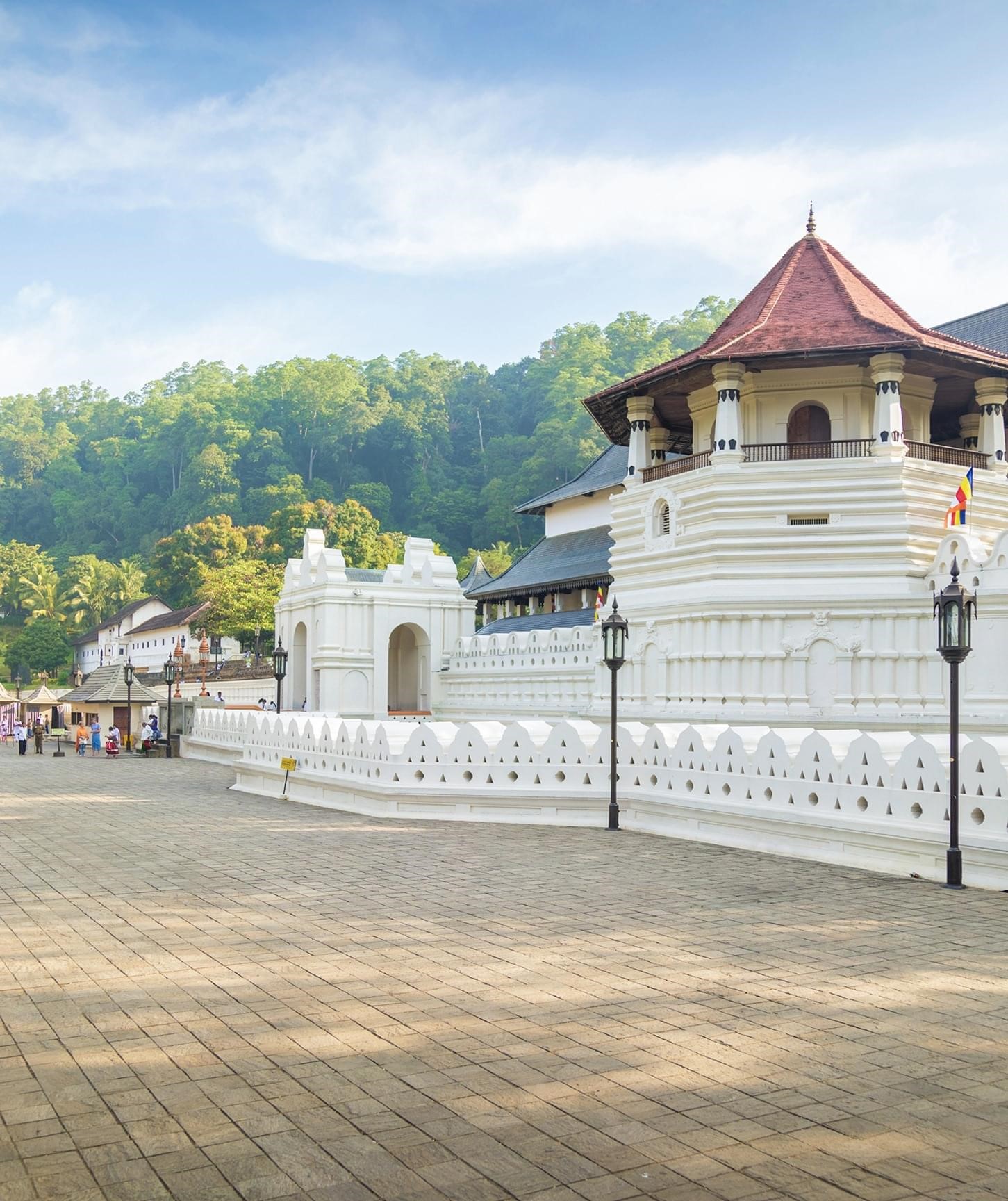Bogoda Lee Palama: A Timeless Marvel of Sri Lankan Heritage
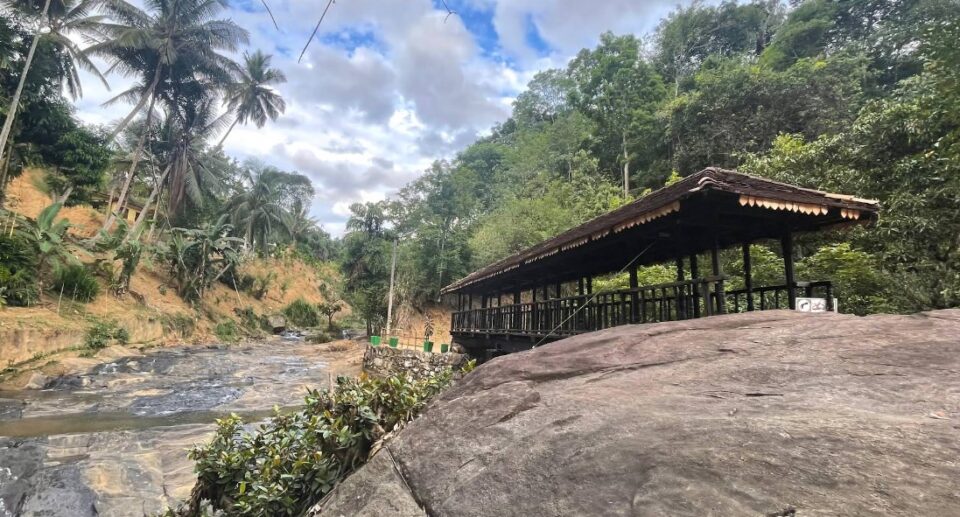
Origins and Historical Context
Bogoda Lee Palama, also known as the Bogoda Wooden Bridge, is situated in the Udugama area of the Kegalle District of Western Province. It is believed to have been constructed during the Kandyan period and is an epitome of the high degree of engineering and architectural skills of ancient Sri Lankan craftsmen. Its primary purpose was to allow the crossing of individuals and goods across the Kelani River, which was a significant river for trade and communications.
The bridge’s construction is attributed to the ingenuity of local engineers who employed wood found locally in its construction, which is proof of sustainable development. The use of wood as a locally available resource not only provided strength but also harmonized with the surroundings.
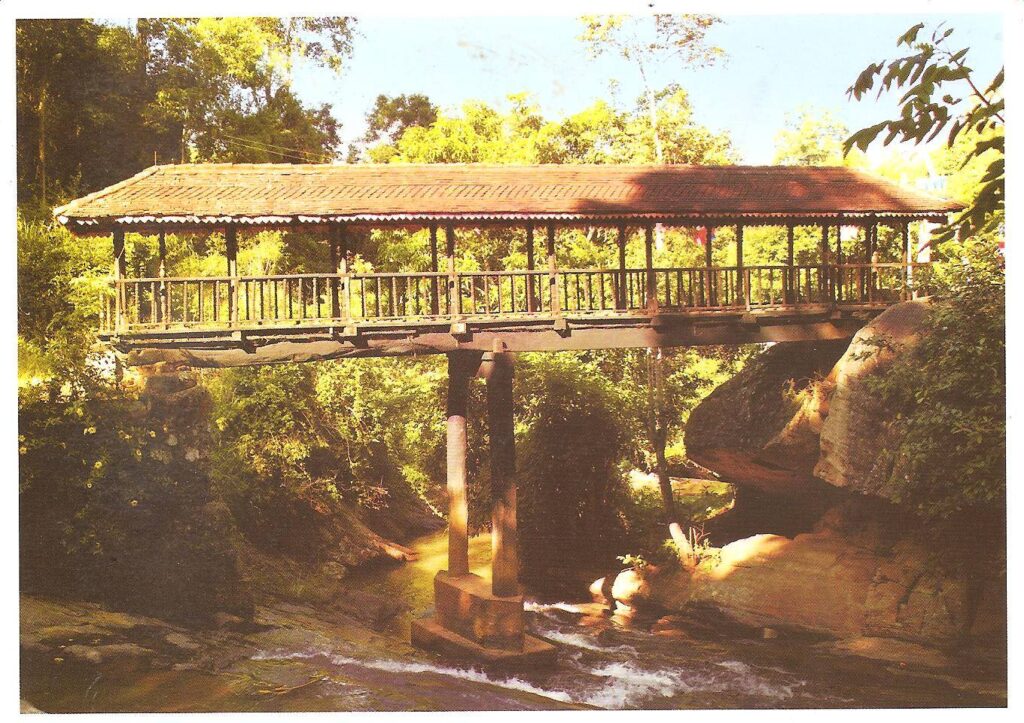
Architectural Design and Features
Bogoda Lee Palama is unique because of its unique wooden structure, a characteristic which is not typical of Sri Lankan bridges. It measures approximately 15 meters in length and is sustained by beautifully carved wooden pillars and beams. The roof is thatched using indigenous materials, which provide shelter to passengers.
Amongst the most notable features of the bridge are the wooden floorboards, which remain intact and enduring despite having lasted through centuries of time and weather. The workmanship that can be viewed with the construction of the bridge serves as an endorsement of just how much talent the craftsmen of the era possessed.
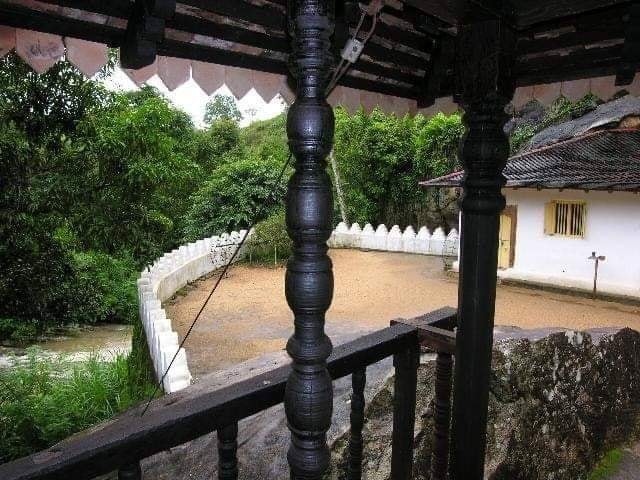
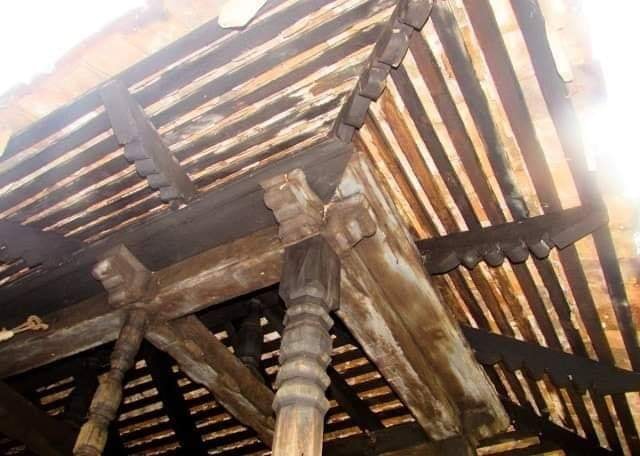
Cultural and Religious Significance
Besides its utilitarian function, Bogoda Lee Palama also holds great religious and cultural value. The bridge is situated near several ancient temples, and as such, it forms part of the sacred geography of the region. Individuals think that the bridge facilitated easy movement to the places of worship so that the believers could participate in religious life and activities.
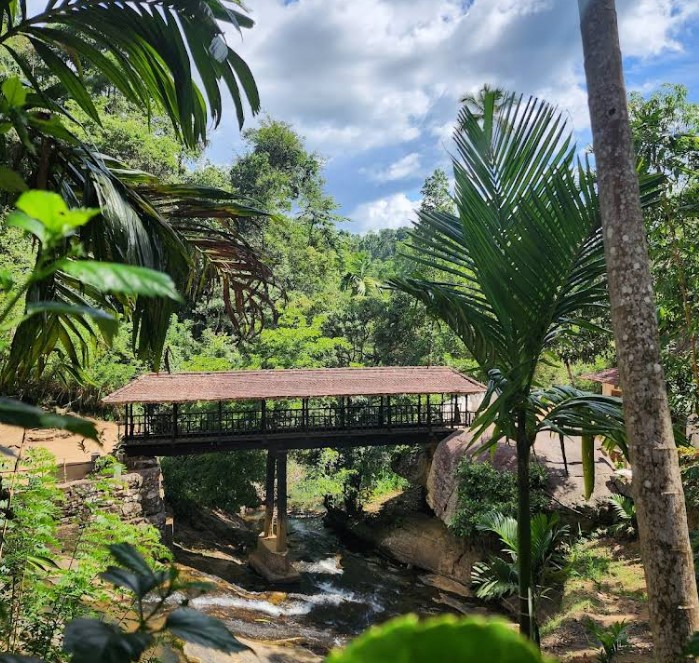
Its preservation is seen as an expression of deference from the people to their traditions and religious heritage. It is a tangible link between the past and the present, a symbol of what the people who built and maintained it stood for and believed in.
Role in Contemporary Society
Today, Bogoda Lee Palama is still a lifeline to local communities. It offers transport and access to basic services, bearing witness to the enduring adaptability of traditional construction. It also supports tourism and researchers interested in Sri Lanka’s historical architecture, pumping money into the local economy.
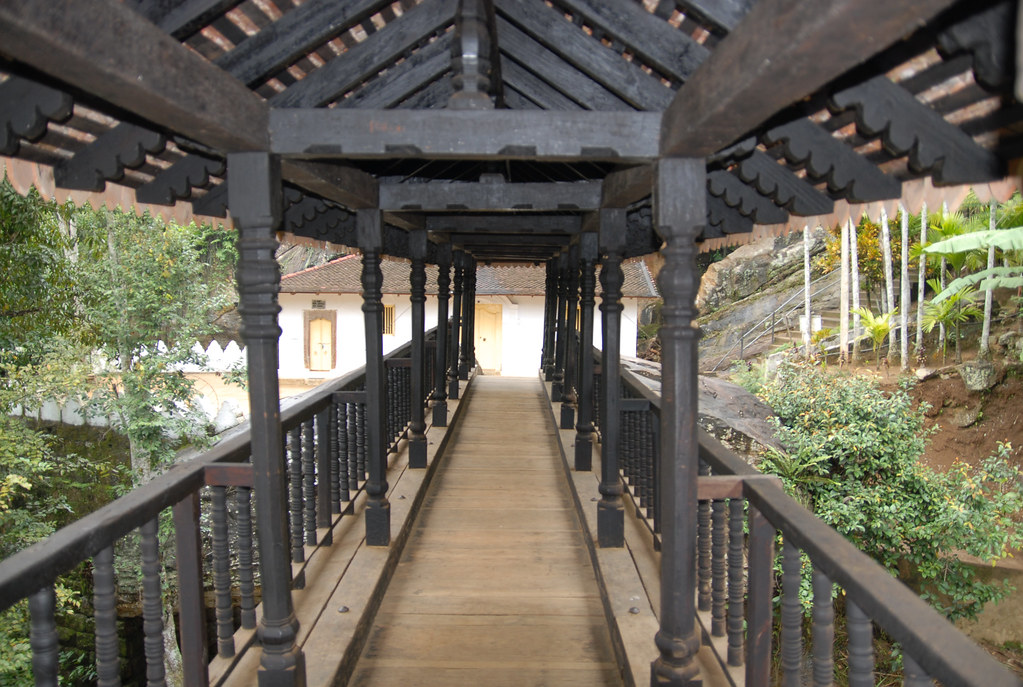
Efforts have been made to preserve and upkeep the bridge so that it remains a functional and historical relic for future generations. Such efforts indicate the importance of conserving cultural heritage in the light of modernization.
Bogoda Lee Palama is a testament to Sri Lanka’s cultural diversity and creativity of its heritage. Its wooden structure, history, and cultural significance make it a valuable part of the country’s heritage. These monuments ought to be preserved since they reveal the traditions, beliefs, and competencies of past generations, evoking more appreciation for the nation’s culture and history.
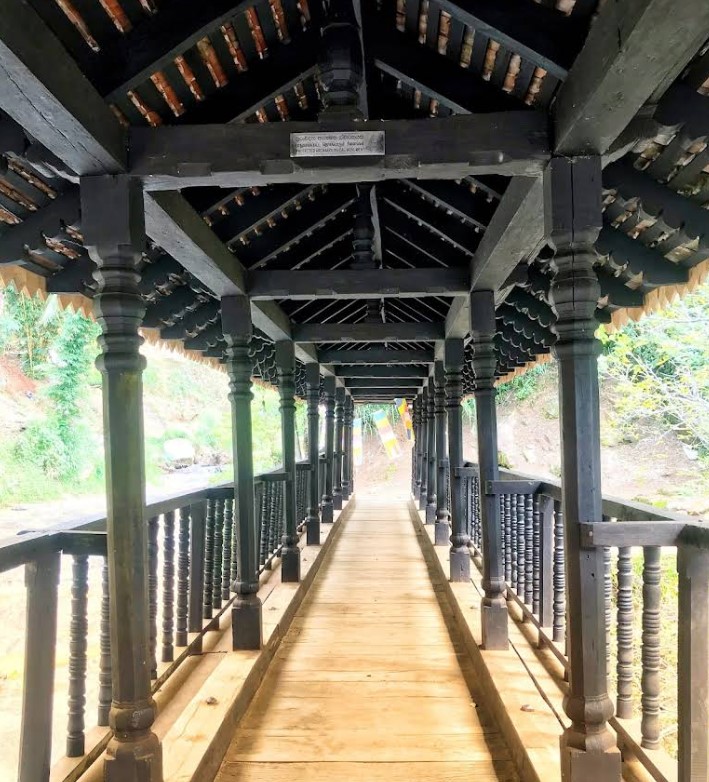
By Car
If you’re traveling from Colombo, head towards Kandy and then proceed to Badulla. From Badulla, take the A5 road towards Hali Ela. Approximately 6 kilometers along the A5, turn left onto Bogoda Bridge Road. Continue straight for about 2 kilometers, and you’ll reach the bridge. There is a small parking area nearby where you can leave your vehicle
By Public Transportation
From Badulla, you can take a local bus heading towards Hali Ela. The bus fare is typically around 30 LKR, and the journey takes about 20 minutes. Get off at the Bogoda Junction. From there, you can either walk approximately 1.5 kilometers along Bogoda Bridge Road or hire a tuk-tuk, which should cost around 200 LKR, to take you directly to the bridge.
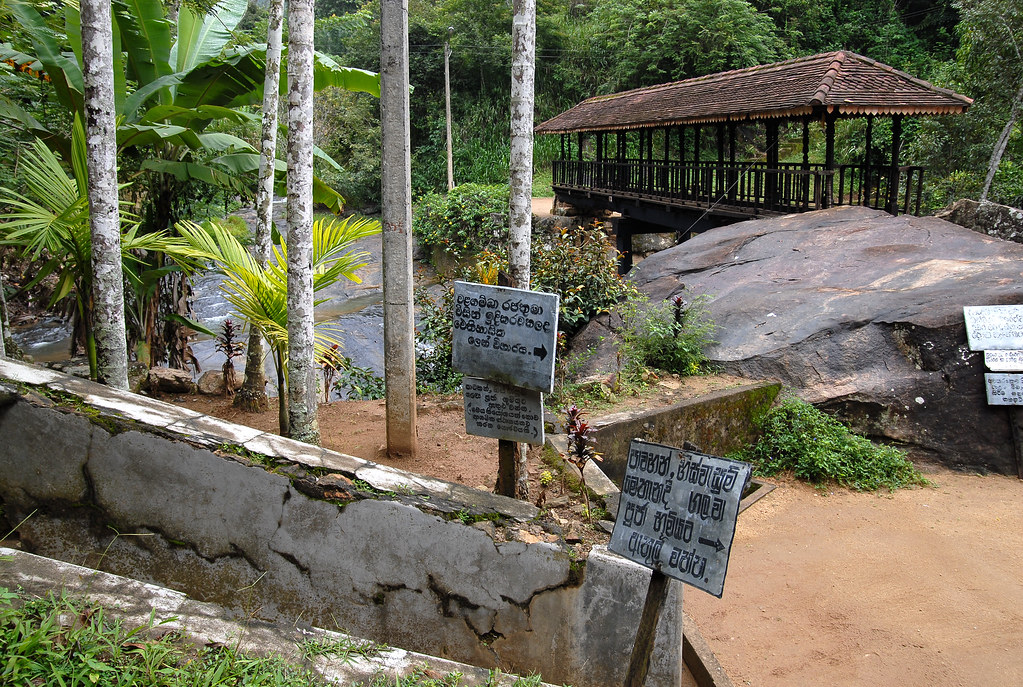
By Taxi
For a more comfortable option, consider hiring a taxi from Badulla to Bogoda Wooden Bridge. The journey is around 17 kilometers and takes approximately 30 minutes. Taxi fares typically range from 800 to 1200 LKR, depending on the service provider. Ensure to negotiate the fare beforehand or choose a metered taxi.
Best Time to Visit
The ideal time to visit the Bogoda Wooden Bridge is between December and April, during Sri Lanka’s dry season. The weather is generally dry, making it more comfortable to explore the outdoor site. The absence of rain also ensures that the river below is calm, allowing for safe crossings.
Map of Bogoda Lee Palama
